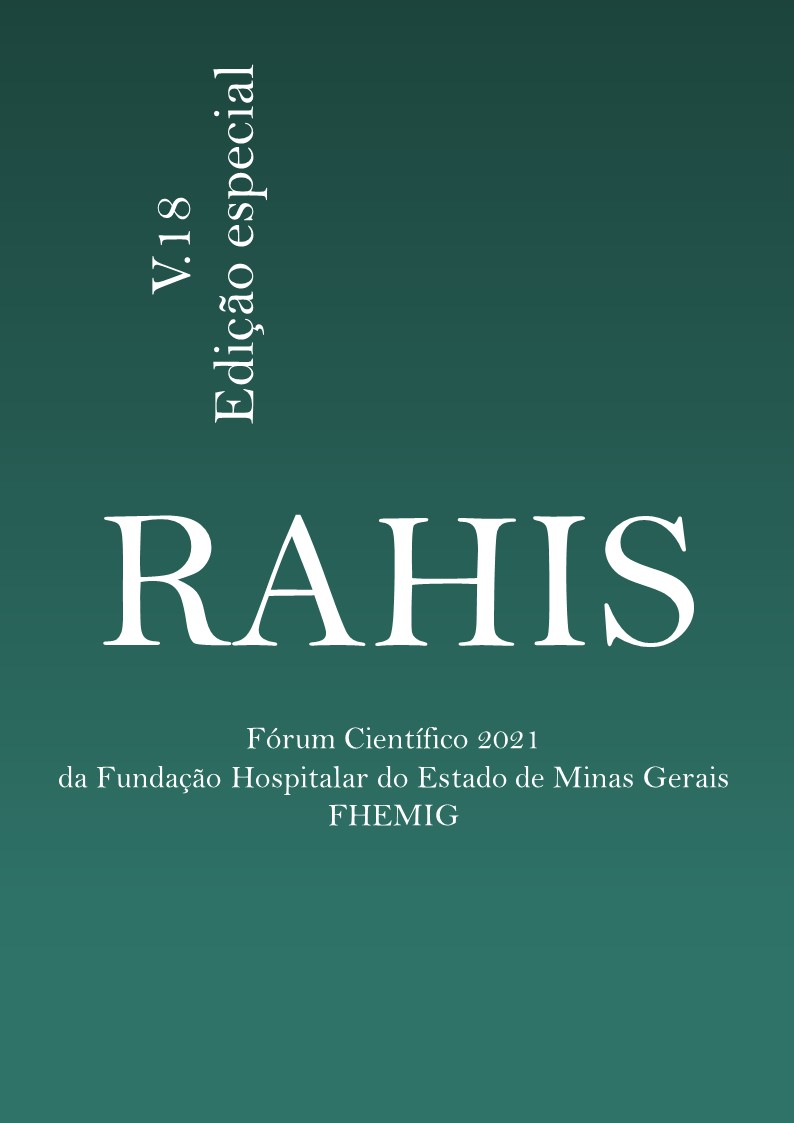Abstract
INTRODUCTION: The orbit is composed of 7 articulated bones that provide support to the eyeball. The medial wall and the floor are the walls most susceptible to fracture, which may result in significant functional changes, such as visual deficit, diplopia and ophthalmoplegia, which directly impact the quality of life of these patients.
OBJECTIVE: To describe an orbital floor fracture reconstruction using a prototyped biomodel in a patient with facial trauma.
METHODS: We report a case of a 48-year-old patient with a right orbital roof and floor fracture due to a work accident (high-pressure part), resulting in diplopia and ophthalmoplegia. The patient underwent orbital floor reconstruction with the aid of a custom prototype to optimize the results.
RESULTS: The patient had complete regression of ophthalmoplegia and considerable improvement of diplopia.
CONCLUSION: Orbital reconstructions represent great challenges for Oral and Maxillofacial surgeons due to the high anatomical complexity involved. Moreover, small discrepancies are enough to cause significant functional and aesthetic disturbances.
Keywords: Orbital Fracture; Orbital floor reconstruction; Orbital floor prototype.
